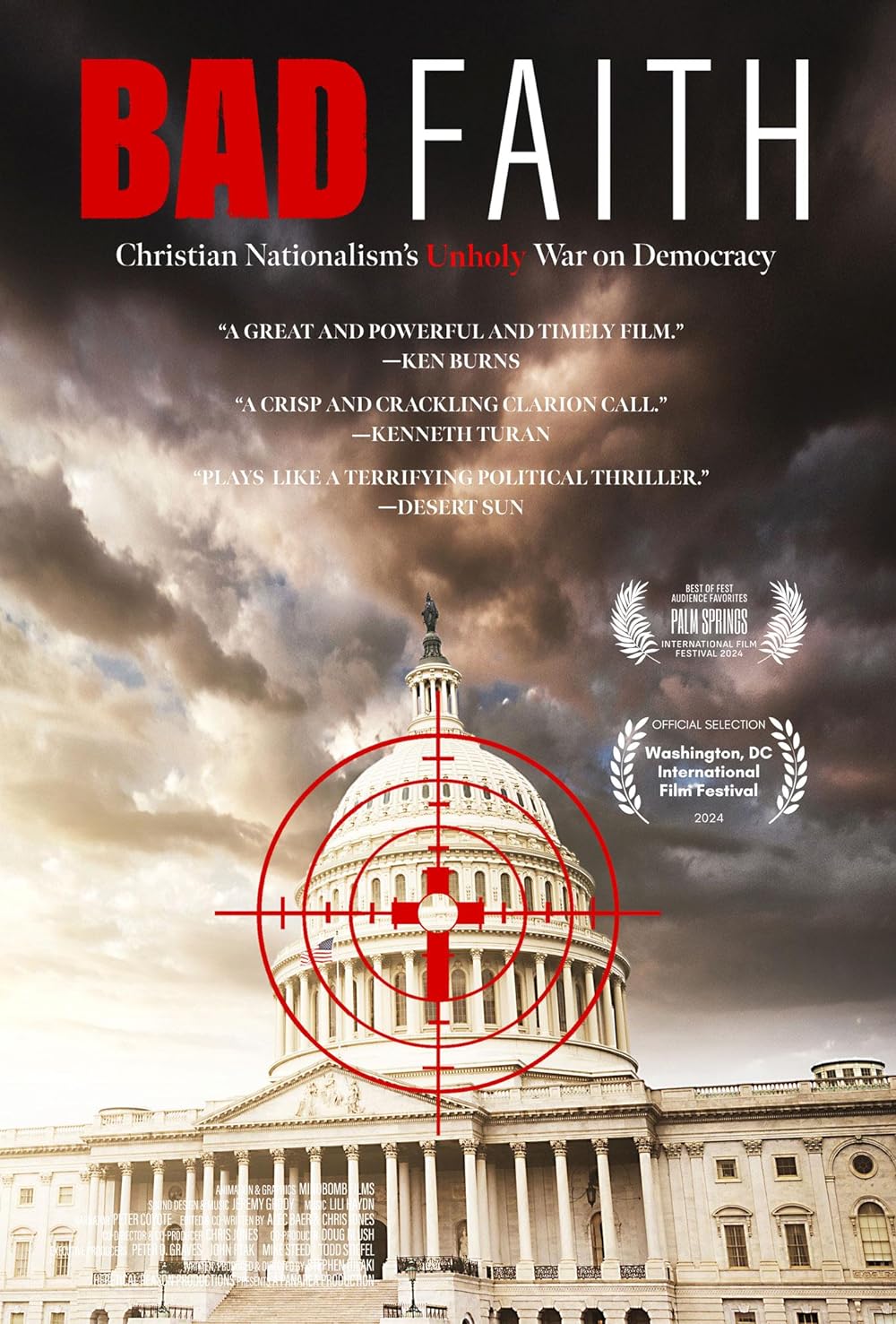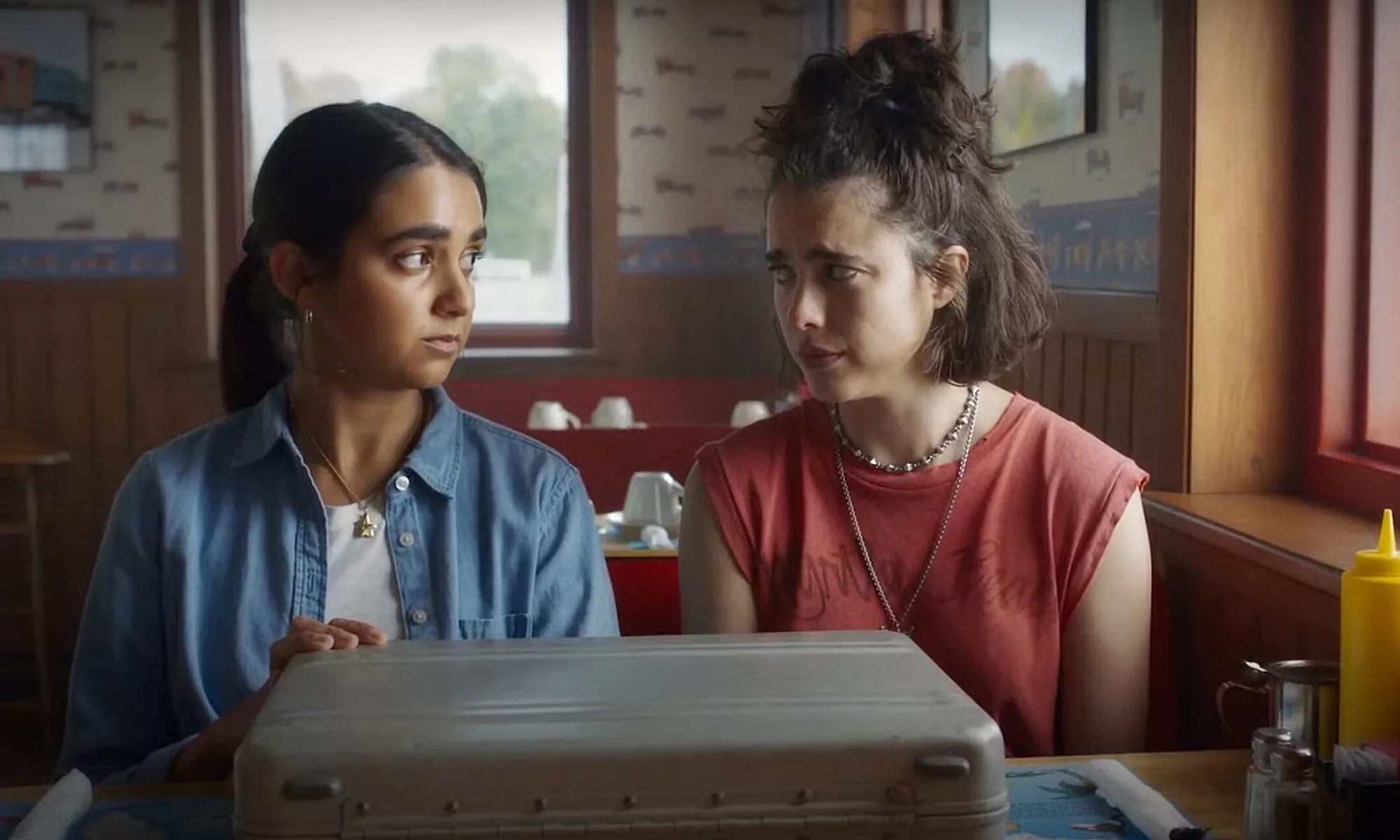Tim Burton’s Corpse Bride
Posted on September 5, 2005 at 10:08 am
B+| Lowest Recommended Age: | 4th - 6th Grades |
| Profanity: | Some crude humor |
| Nudity/ Sex: | None |
| Alcohol/ Drugs: | Drinking, smoking |
| Violence/ Scariness: | Grotesque and creepy images, characters in peril, injured, and killed, question of suicide |
| Diversity Issues: | None |
| Date Released to Theaters: | 2005 |
It’s the details that matter in this movie more than the characters, the story, or even the music, all blander than in writer/director Tim Burton’s first claymation movie, Nightmare Before Christmas. Still, there is a goulishly enchanting love triangle and spectacularly spot-on voice talent. And, what really matters, every moment is filled with wonderfully witty Daumier-like caricatures and sly Charles Addams-style macabre humor. The main characters and the story are not nearly as intriguing as who and what is going on around them.
The Van Dorts have money but no social position. And they have a son, Victor (voice of Johnny Depp). The Everglots have social position but no money. And they have a daughter, Victoria (voice of Emily Watson). Victor and Victoria have not met, but what does that matter? Their parents arrange a marriage. The wedding rehearsal is about to begin. Nothing must go wrong.
Victor and Victoria meet — shyly — and are relieved and a shyly excited to find themselves drawn to one another. But Victor is so nervous that he keeps getting mixed up on his vows. He runs to the forest, practicing, and accidentally places the ring on what appears to be a twig. But it is the sepulchral finger of the Corpse Bride (voice of Helena Bonham Carter). Jilted on her wedding day, she has been waiting for a groom ever since. And now that she has one, she is not about to let him go, even though they have the pesky little problem that he is alive while she is dead and live in literally different worlds. It’s a mixed marriage at a rather fundamental level.
Victor is honorable and does not want his accidental and very sensitive bride to be hurt again. In her own way, other than the odd maggot or decaying body part, she is very appealing. He cannot allow himself to be the second man to desert her, even if that means that he will have to join her in the underworld for good.
Victoria turns out to have more spirit and determination than she or her parents expected, especially after they inform her that with Victor out of the picture, they plan to marry her off to a mysterious nobleman named Lord Barkis, who seems in an awful hurry. And Victor, in part through his struggle to decide what duty requires, discovers his own sense of purpose and independence.
Burton, always the most wildly and happily goulish of visionaries, has created a thrillingly intricate world, or, rather two of them. The gray, Victorian setting of for the Van Dorts and the Everglots is filled with looming structures and old, stately, portraits. And the world of Emily and her after-life compatriots is, well, lively and deliciously macabre, with the kind of gleefully demented pleasure of Disney World’s Haunted Mansion (the ride, not the awful movie).
Echoing dance with death themes from Mexico’s Day of the Dead holiday to 1930’s cartoons with skeletons playing each other’s ribs like xylophones, this movie explores not just our fear of death but our ways of confronting that fear, from humor to myth, to music, to love. With made-for-pause-button attention to detail, some unexpectedly understated humor, and a surprisingly touching conclusion, it proves again that humanity is sometimes best found and conveyed in unexpected places.
Parents should know that this movie may be disurbing to young and sensitive viewers. It has some grotesque and scary images, including decomposing bodies and skeletons. Characters are in peril and some are injured or killed. There is some crude humor. Characters drink alcohol.
Families who see this movie should talk about why Victor ran away and why Victoria was loyal to him. They may also want to talk about the appeal of ghost stories and their own thoughts on the supernatural.
Families who enjoy this movie will also enjoy the always imaginative Burton’s other movies, including Pee-Wee’s Big Adventure, Nightmare Before Christmas, Beetlejuice
, and Edward Scissorhands (with Depp in the title role). They may also enjoy the Noel Coward ghostly romantic comedy classic, Blithe Spirit.






